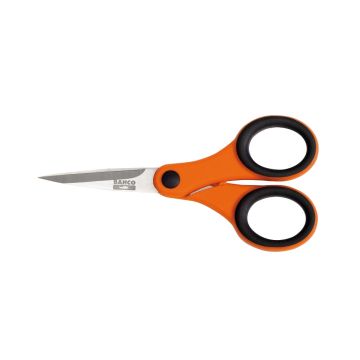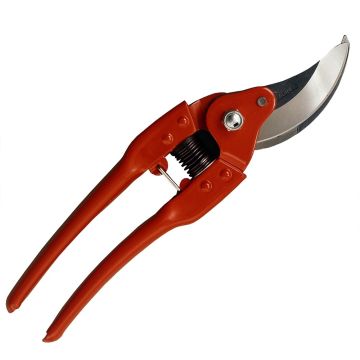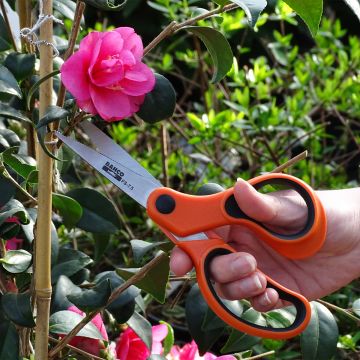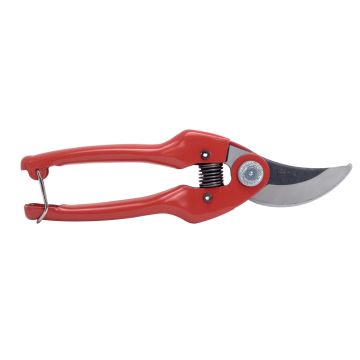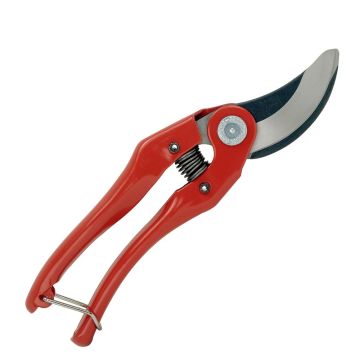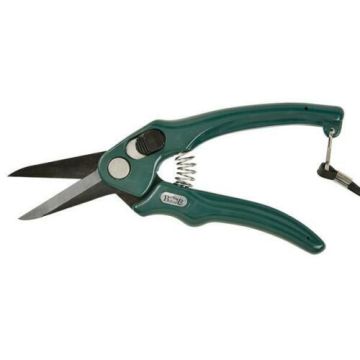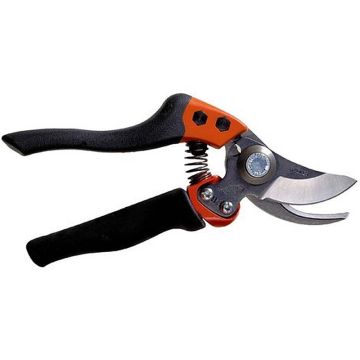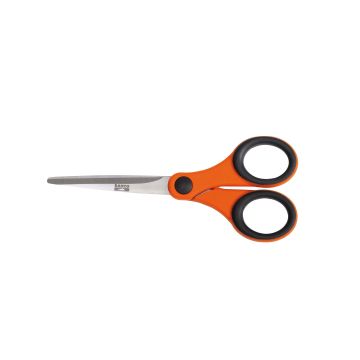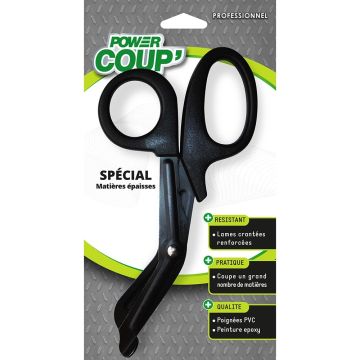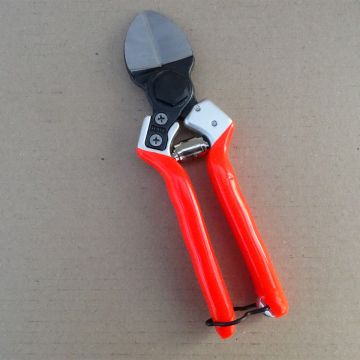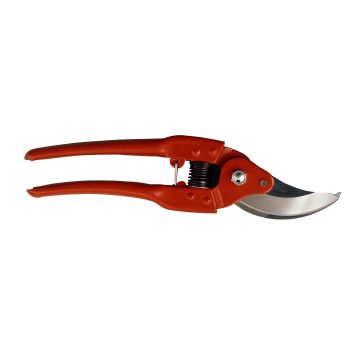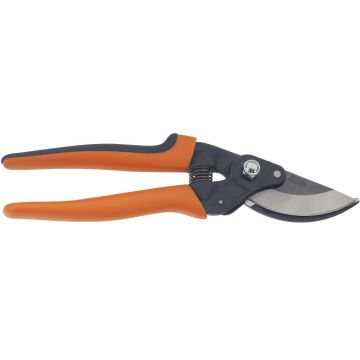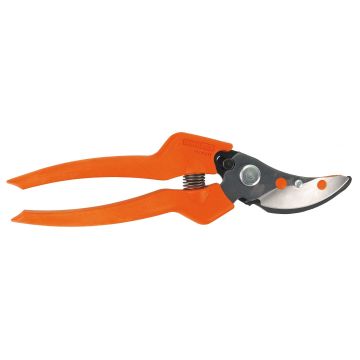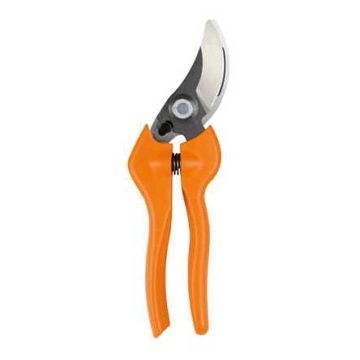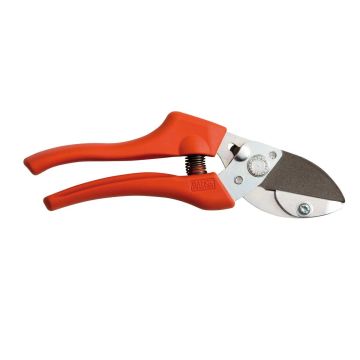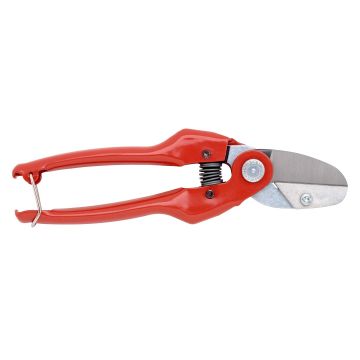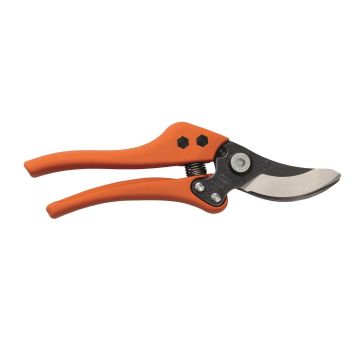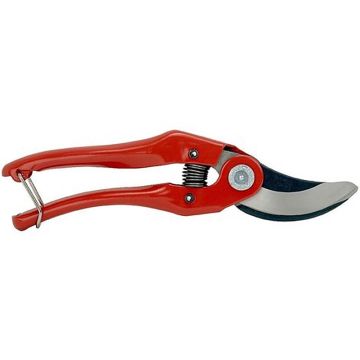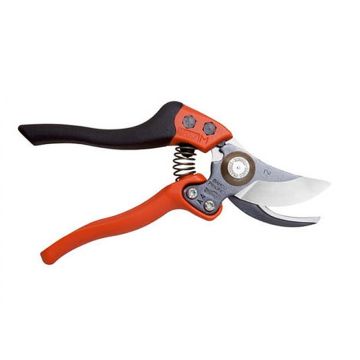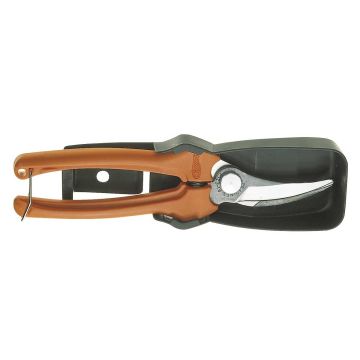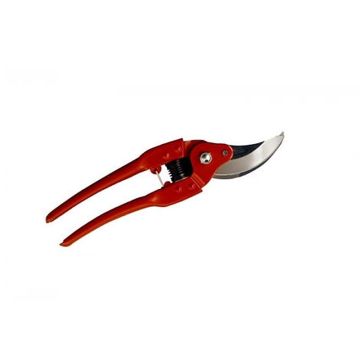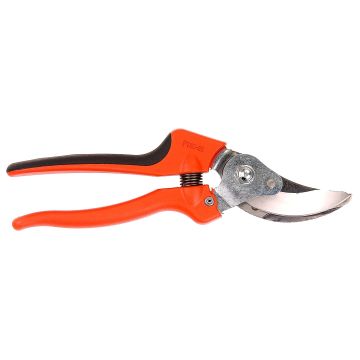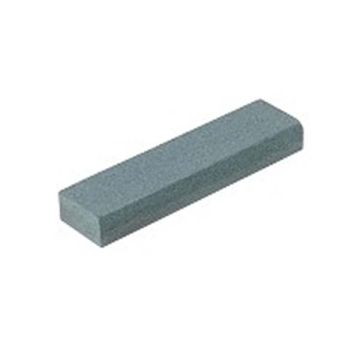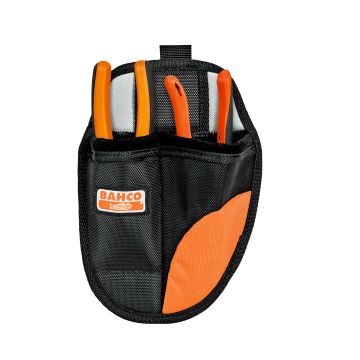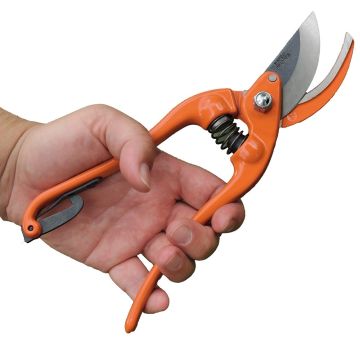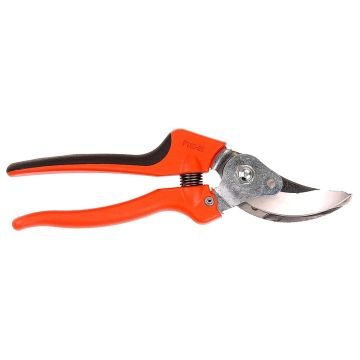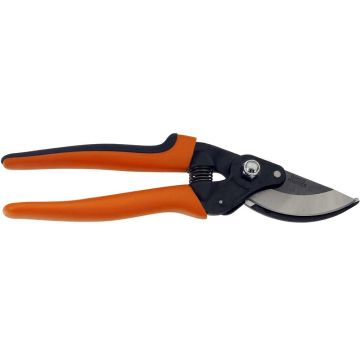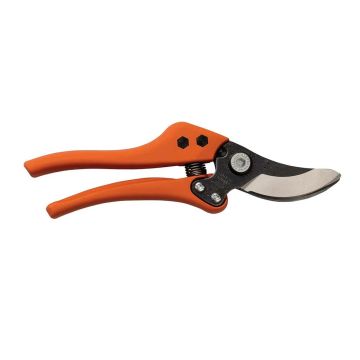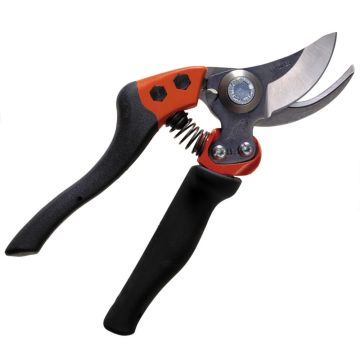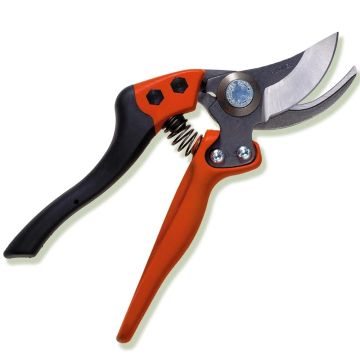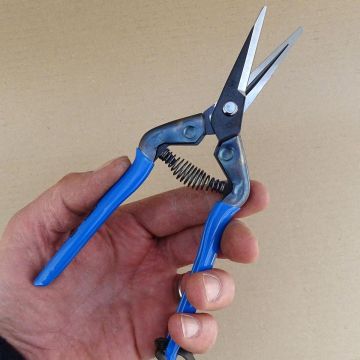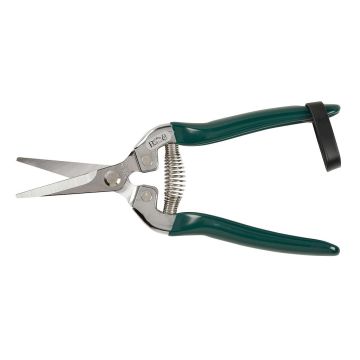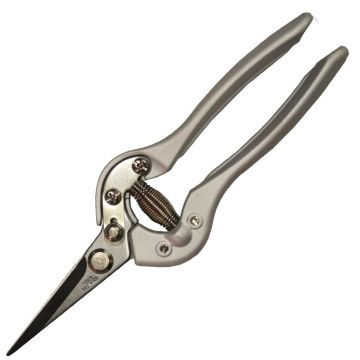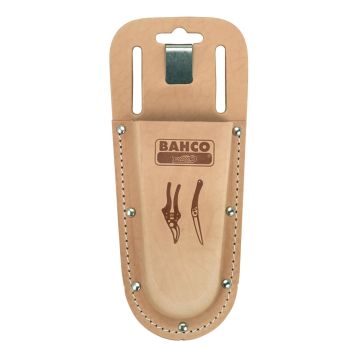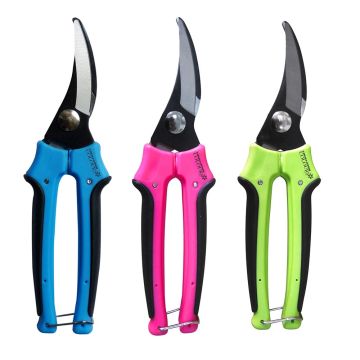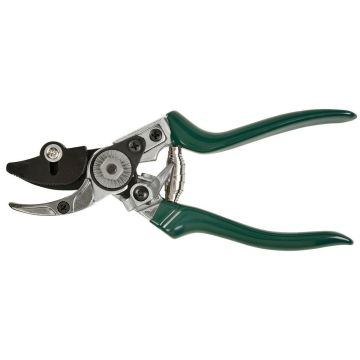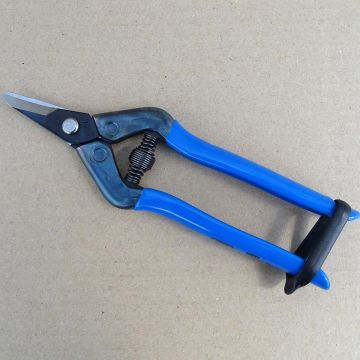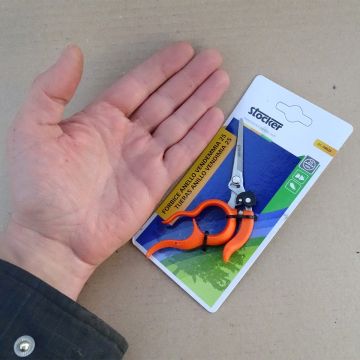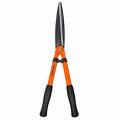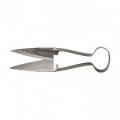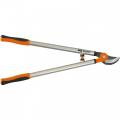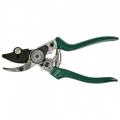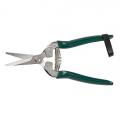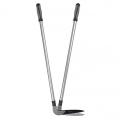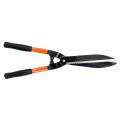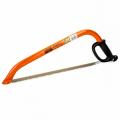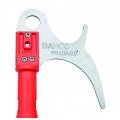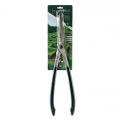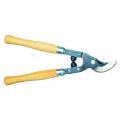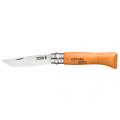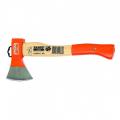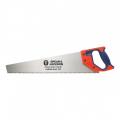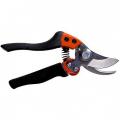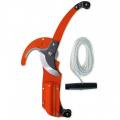Secateurs
Does this plant fit my garden? Set up your Plantfit profile →
Available in 1 sizes
Available in 1 sizes
Available in 1 sizes
Available in 1 sizes
Available in 1 sizes
Available in 1 sizes
Available in 1 sizes
Available in 1 sizes
Available in 1 sizes
Available in 1 sizes
Available in 1 sizes
Available in 1 sizes
Available in 1 sizes
Available in 1 sizes
Available in 1 sizes
Available in 1 sizes
Available in 1 sizes
Available in 1 sizes
Available in 1 sizes
Available in 1 sizes
Available in 1 sizes
Available in 1 sizes
Available in 1 sizes
Available in 1 sizes
Available in 1 sizes
Available in 1 sizes
Available in 1 sizes
Available in 3 sizes
Available in 1 sizes
Available in 1 sizes
Available in 1 sizes
The secateur is the cutting tool you will use most often. It is therefore imperative to choose it carefully! It must be perfectly adapted to the shape of your hand and must be chosen differently if you are right-handed or left-handed. Secateurs can be classified into two main categories: 'cross-blade secateurs' for cutting green wood and 'anvil secateurs' for cutting dead wood. Cross-blade secateurs have a sharpened blade on one side that will slide on the counter-blade. The cut is clean and precise. Anvil secateurs can cut thicker branches than the first ones. They are equipped with a thick blade sharpened on both sides that will crush on a flat part, the anvil.
Spruce secateurs are lightweight, maneuverable and precise fruit secateurs, equipped with a narrow, long and tapered head that facilitates access in tight spaces. They are ideal tools for picking grapes, fruits, flowers and vegetables.
Haven't found what you were looking for?






































